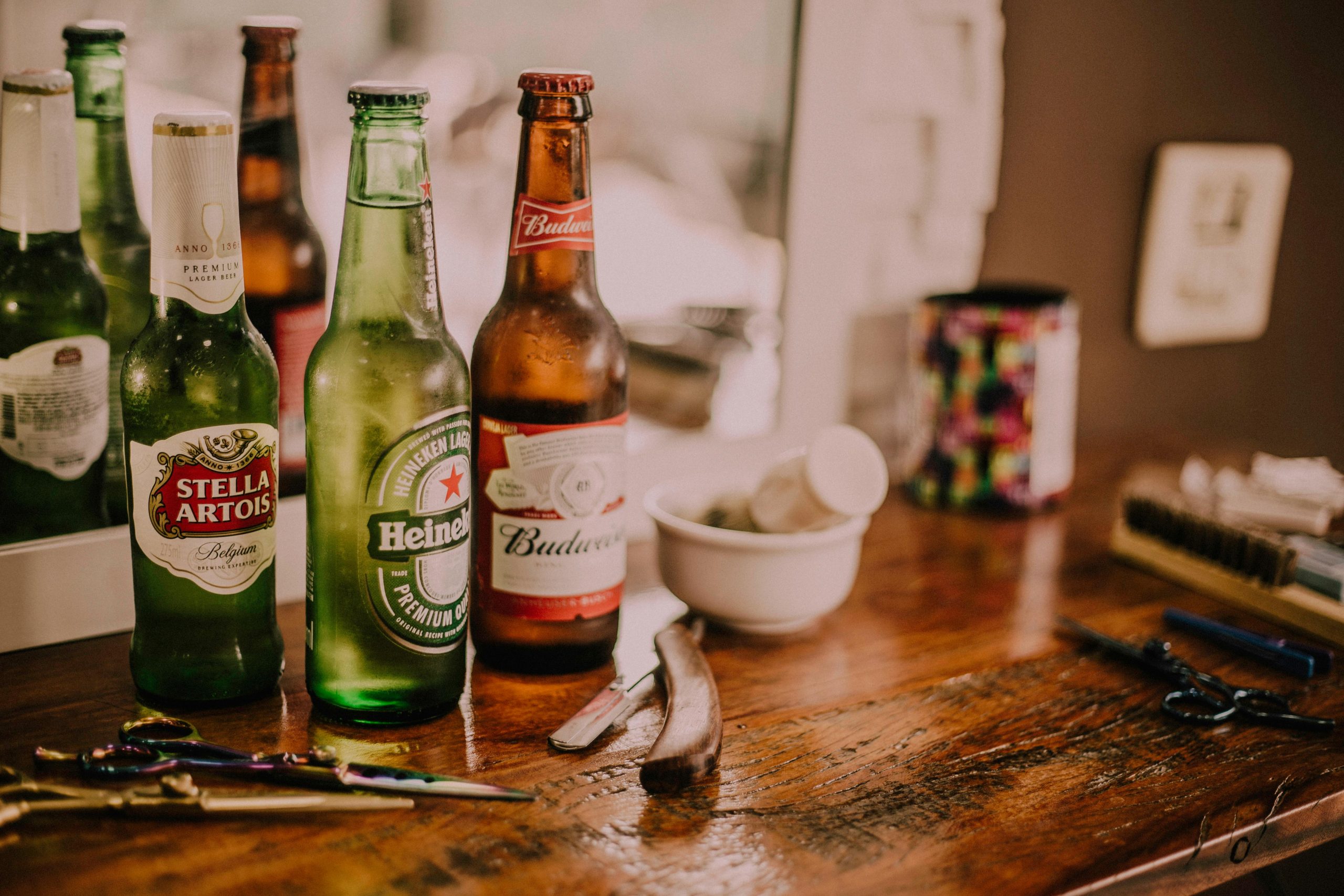Your cart is currently empty!

Steven Coulson
Steven has been drinking beers, wines and spirits for decades and has a propensity to go about them at length after a few drinks.
Latest Posts
- My wife found out our favorite Gin for martinis was discontinued. I think we are good for a while…

- Oregon Road Trip: Freeland Spirits Garden Botanicals Gin

- Botanist with Trader Joe’s Lemon and Elderflower Soda

- I’m one of the worlds leading buyers of craft gin in the world and a international spirit judge AMA

- I’m blown away…. By how let down I am by this Gin.

Categories
Tags
Social Links

The Rise of Craft Beer in America: Surpassing Budweiser
In recent years, American beer enthusiasts have taken a noticeable shift in their beverage preferences, leading to a significant trend: craft beer is now outselling the iconic Budweiser. This turning tide reflects a broader change in consumer tastes, showcasing a growing appreciation for artisanal, small-batch brewing that emphasizes quality, flavor, and creativity.
Craft breweries are popping up across the nation, offering an extensive variety of styles and flavors that appeal to discerning palates. From hoppy IPAs to rich stouts and innovative seasonal brews, craft beer has captured the attention of drinkers who value uniqueness and local production. The artisanal approach emphasizes not just the product itself, but also the stories behind each brew, connecting drinkers to their communities and the craft brewing process.
This surge in craft beer consumption signifies a cultural movement where traditional mass-produced labels are increasingly set aside in favor of smaller producers that prioritize craftsmanship and innovation. As more Americans seek out distinctive flavor experiences, craft breweries have positioned themselves as leaders in the evolving beer landscape, reflecting a burgeoning desire for quality over quantity.
Moreover, the craft beer revolution has also contributed to a sense of community. Many breweries host events, tastings, and festivals that draw in participants eager to learn more about the brewing process and enjoy local flavors. This engagement fosters camaraderie among beer lovers and supports local economies, creating a ripple effect that benefits not just the brewers but also local suppliers and small businesses.
In conclusion, as Americans continue to embrace craft beer, we witness a fundamental shift in the alcohol market. The preference for these unique, flavorful brews over traditional giants like Budweiser illustrates a broader trend towards quality, localism, and a more enriched drinking experience. The craft beer movement is not just about enjoying a cold one; it’s about celebrating creativity, community, and the art of brewing.
